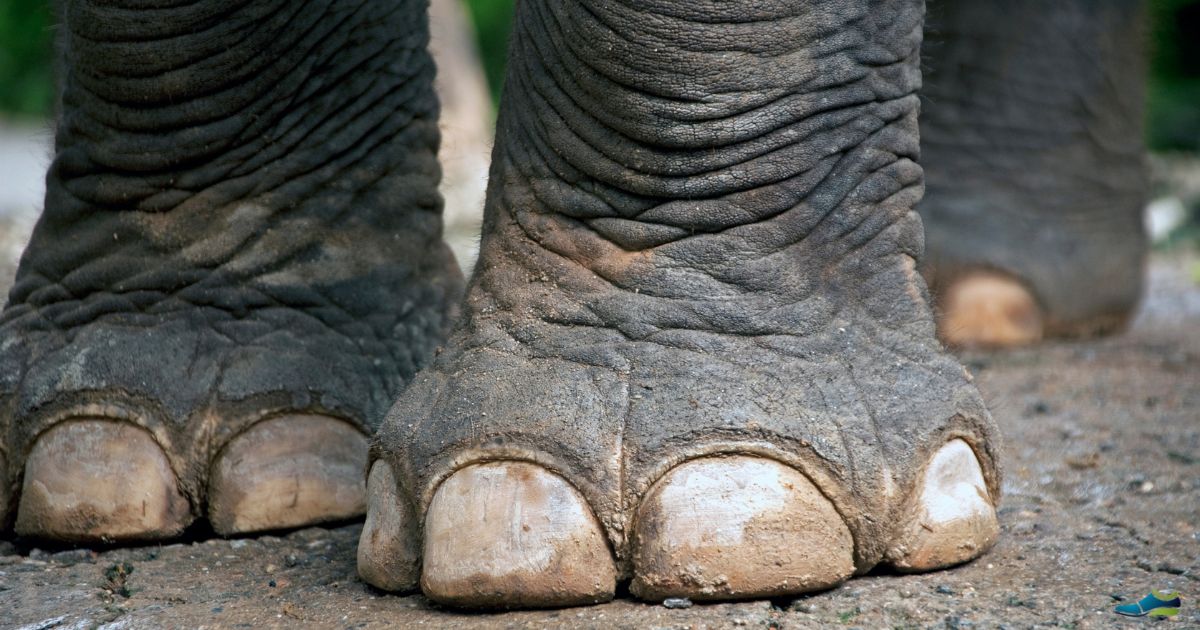Why Having Wide Feet Shouldn’t Mean Compromising on Style or Comfort
Having wide feet isn’t a problem — but finding shoes that fit properly can be. For many people, standard shoe widths simply won’t do. Whether it’s the pinch at the toe, rubbing on the sides, or that uncomfortable squeeze around the instep, the wrong fit can lead to more than just sore feet. It can mean blisters, bunions, and long-term foot health issues.
The good news? The footwear industry is catching up. Wider fitting shoes are now available in a much broader (pardon the pun) range of designs and styles — and they no longer look like something borrowed from the back of a hospital catalogue. If you’re tired of having to choose between comfort and style, you’re in the right place.
In this post, we’ll explore what it means to have wide feet, what are wide feet?, why choosing wider fitting shoes matters, how to measure your foot width properly, and how to find the perfect pair — without sacrificing aesthetics or support.
What Does It Mean to Have Wide Feet?
Foot width is just as important as foot length when it comes to shoe size. Yet, most shoes are made for the “average” foot width — which can leave those with wider feet struggling.
You might have wide feet if:
- Your toes feel cramped in standard footwear.
- You see noticeable bulging over the sides of the soles.
- You often get blisters or red marks from your shoes.
Wider feet can be natural, or develop over time due to factors like:
- Age and weight changes
- Pregnancy or swelling
- Conditions like bunions or hammertoes
- Flat feet or fallen arches
Shoes that don’t accommodate this extra width can lead to pressure points, reduced circulation, and instability while walking.
Why Width Really Matters
Wearing the wrong shoe size isn’t just uncomfortable — it can quietly do damage over time. People with wide feet who wear narrow shoes often develop:
- Painful bunions or corns
- Numbness due to nerve compression
- Poor posture and balance
- Aggravated foot conditions like plantar fasciitis
And it’s not just your feet. Poor foot alignment can affect your knees, hips, and back too. That’s why making the switch to properly fitting shoes can be so important — both for comfort and long-term mobility.
How to Measure Your Foot Width (The Right Way)
Most people never actually measure their foot width — they just go up a shoe size when things feel tight. But a longer shoe doesn’t mean a wider one, furthermore, the arch support can be in the wrong place.
Click here for how to measure your width at home
If in doubt, try visiting a shoe store that offers specialist fittings — some even use digital scanners for greater accuracy.
The Benefits of Wearing Wider Fitting Shoes
If your feet are wider than average, wearing properly fitting shoes feels like a luxury, it isn’t, it’s essential. Here’s why wider fitting shoes are worth investing in:
1. Enhanced Comfort
The most immediate benefit is pure, unadulterated comfort. No more squeezing or pinching — just a natural, relaxed fit.
2. Better Foot Health
Long-term use of narrow shoes can contribute to painful conditions like bunions, corns, calluses, and even plantar fasciitis. Wider shoes reduce stress on your feet and allow for better posture and foot alignment.
3. Improved Stability
With more room for your feet to rest naturally, wider shoes provide a more stable base — especially important for people with flat feet or balance issues.
4. Reduced Fatigue
Shoes that match your foot shape can reduce the energy your muscles and joints need to stabilise every step. This is especially helpful if you’re on your feet all day.
5. Better Circulation
A shoe that doesn’t squeeze or compress the foot allows for better blood flow. This is especially important for people with diabetes or poor peripheral circulation.
What to Look for in a Shoe for Wide Feet
When browsing for wide or extra wide shoes, keep an eye out for:
- Wider toe boxes: To give your toes room to spread naturally.
- Adjustable fastenings: Like laces, straps or Velcro, to personalise the fit.
- Flexible uppers: Materials like leather or breathable mesh that accommodate foot shape.
- Removable insoles: So you can add orthotics if needed.
- Proper width markings: Such as E, EE, or EEEE in UK/US sizing, or letters like H or K in European models.
Style and Wide Feet: Yes, You Can Have Both
Gone are the days when wider fitting shoes were only available in “practical” styles. Today’s designs include fashionable trainers, elegant loafers, and even stylish boots that don’t compromise on width.
Look for features like tapered heels, mixed materials, or hidden-depth soles that give a stylish silhouette without cramping your feet. Many modern wide-fit shoes come in a range of colours and finishes — and some even include cushioning and arch support without looking bulky or medical.
Whether you’re dressing smart or casual, there’s no need to squeeze your feet into shoes that don’t serve you. You deserve comfort that looks just as good as it feels.
Frequently Asked Questions
Q: How do I know if I need wide or extra wide shoes?
A: If your feet feel cramped in standard shoes or you regularly experience rubbing, bulging, or red marks around the sides, you may need a wider fit. A professional shoe fitting or foot measurement can confirm whether a wide or extra wide size is right for you.
Q: Are wide shoes only for older people?
A: Not at all. People of all ages can have wide feet due to genetics, activity levels, pregnancy, or medical conditions. There are stylish, supportive options for everyone — from sporty trainers to smart office shoes — that come in wider sizes.
Q: Can wearing shoes that are too narrow damage my feet?
A: Yes, prolonged use of shoes that don’t fit your width can lead to bunions, corns, nerve pain, and even joint or balance problems over time. A wider fitting shoe helps prevent these issues by offering proper alignment and comfort.

